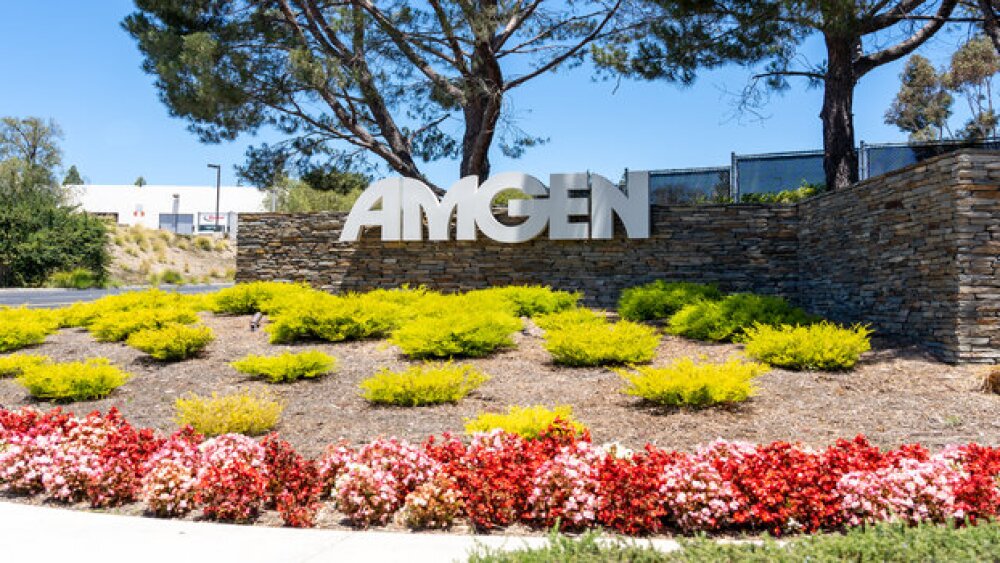Wegovy sales increased by more than 100% over 2024. But that wasn’t enough to satiate analysts who want to know why Novo Nordisk can’t access more patients, particularly in the U.S.
Novo Nordisk’s Wegovy sales narrowly missed analyst expectations for the fourth quarter, with the weight loss blockbuster bringing in 19.9 billion Danish kroner ($2.77 billion). The number represented a whopping 107% increase over the same period a year ago, when the GLP-1 brought in 9.61 billion Danish kroner ($1.34 billion), but investors still want more. On Wednesday’s fourth quarter earnings call, Novo executives were peppered with questions about “what’s holding back” prescriptions, particularly in the U.S.
David Moore, the pharma’s executive vice president of U.S. Operations and Global Business Development, said that in the U.S., Novo has just over half of the market share as measured by total monthly prescriptions.
“I think it’s important to remember that the total market for anti-obesity medicines grew in the U.S. last year by 160% and so the story continues to be about market expansion for obesity,” Moore said.
Wegovy prescriptions in the U.S. grew from around 100,000 at the start of 2024 to 200,000 by the end. Moore noted that the beginning of the year can be slow as patients change insurance and co-pays refresh. Overall, 1.2 million people in the world are receiving the drug right now. The market potential in the U.S. is about 55 million.
“Driving new prescriptions is, of course, our focus, and what we can say about that is we are shipping more of the starter doses as we speak,” Moore said. “Now it’s our opportunity to pull through this market expansion and connect more people with Wegovy in the U.S.”
Overall, Novo reported 26% sales growth to 128.3 billion Danish kroner ($17.9 billion) in 2024. CEO Lars Fruergaard Jørgensen said the company is now addressing 45 million patients across its diabetes and obesity portfolio globally, which is an increase of 4 million from the year prior.
“Our ongoing scaling efforts have supported an almost tripling of GLP-1 patients reached over the last three years,” said Camilla Sylvest, executive vice president of Commercial Strategy & Corporate Affairs. The company now owns about two-thirds of the global market, with Eli Lilly’s Zepbound for weight loss and Mounjaro for diabetes capturing the majority of the remaining third.
Sylvest highlighted Novo Holdings’ acquisition of Catalent last year, which ultimately grew Novo Nordisk’s global fill and finish footprint from 11 to 14 sites to boost manufacturing capacity for the GLP-1 products.
Meanwhile, Lilly has pledged to boost the supply of its weight loss products by 60% in the coming months. But even that improvement has been met with calls for more from analysts and investors.
Novo has not given specific guidance for boosting supply, but CFO Karsten Munk Knudsen said that his company has grown faster than competitors.
Novo expects sales to grow between 16% and 24% in 2025, with operating profit growth in the range of 19% to 27%.






